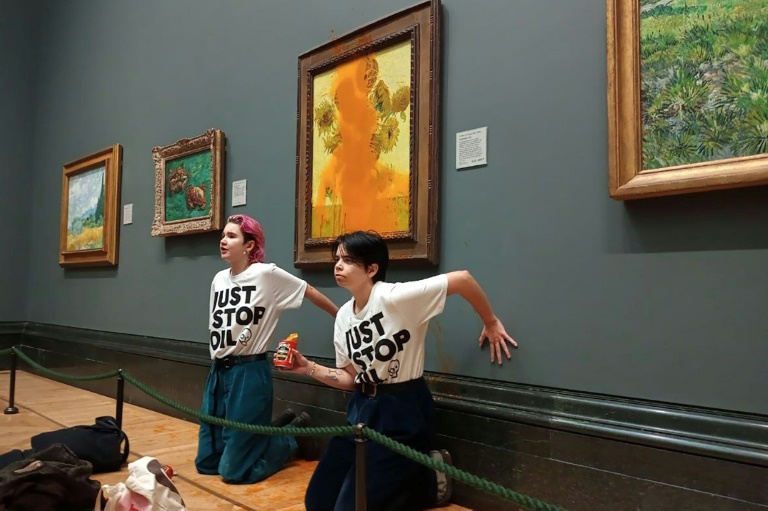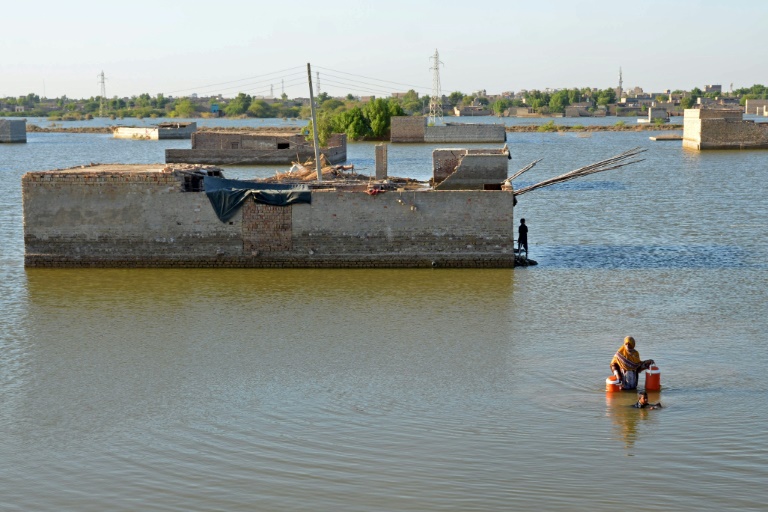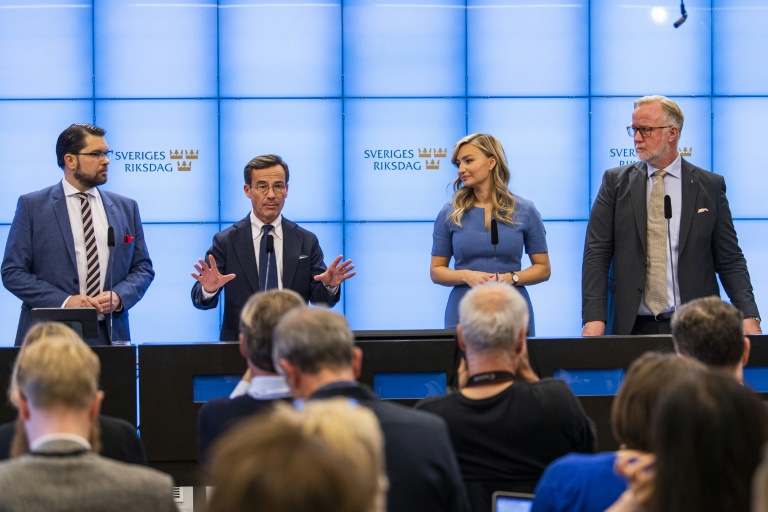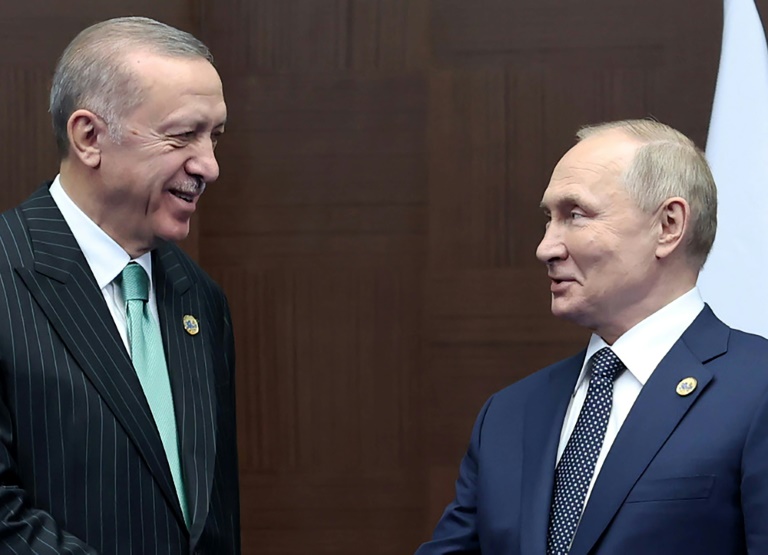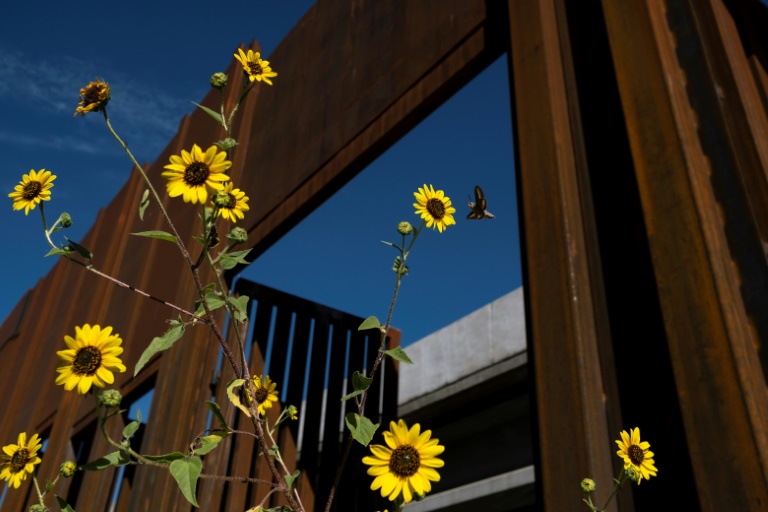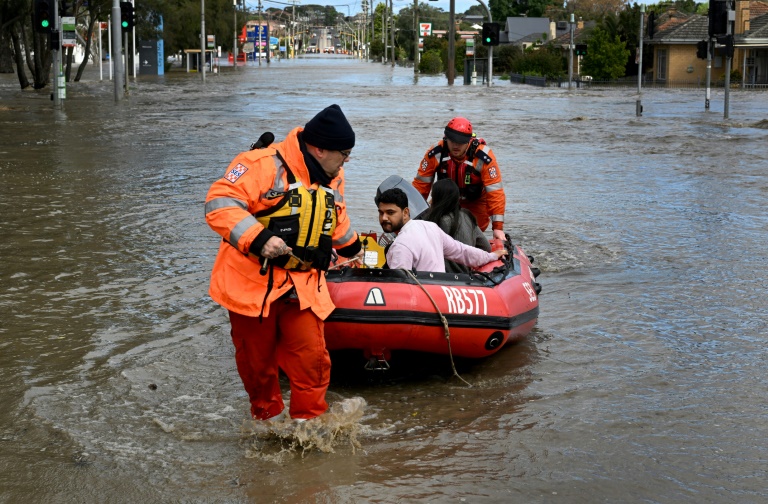Climate activists throw soup over Van Gogh's 'Sunflowers' in London
The gallery said protesters caused 'minor damage to the frame but the painting is unharmed'
Environmental protesters threw tomato soup over one of Vincent van Gogh’s “Sunflowers” paintings at London’s National Gallery on Friday, in the latest “direct-action” stunt targeting works of art.
The gallery in Trafalgar Square said the protesters caused “minor damage to the frame but the painting is unharmed”. The painting went back on display a few hours after the attack.
Protest group Just Stop Oil, which was behind the action, wants to end UK government approval for exploring, developing and producing fossil fuels, and has mounted a series of high-profile protests.
London’s Metropolitan Police said officers arrested two protesters from the organisation for criminal damage and aggravated trespass after they “threw a substance” at the painting in the gallery and glued themselves to a wall, just after 11 am (1000 GMT).
Police added they had unglued the protesters and taken them to a central London police station.
A video posted on Twitter by the Guardian newspaper’s environment correspondent Damien Gayle and retweeted by the eco-activism group shows two young women wearing T-shirts bearing the slogan “Just Stop Oil” lobbing cans of soup at the iconic painting.
– ‘Keep getting soup’ –
After glueing themselves to the wall, one of the activists shouts: “What is worth more, art or life?”
“Are you more concerned about the protection of a painting or the protection of our planet and people?” she asks.
In the video, someone can be heard yelling “oh my God” as the soup hits the canvas and another person shouts “security!” while soup drips from the frame onto the floor.
Just Stop Oil said in a statement its activists threw two cans of Heinz Tomato soup over the painting to demand the UK government halt all new oil and gas projects.
It later tweeted: “Keep giving us new oil and gas, and you will keep getting soup.”
The activist group said the painting has an estimated value of $84.2 million.
The National Gallery says on its website the signed painting from 1888 was acquired by the gallery in 1924.
Van Gogh created seven versions of “Sunflowers” in total and five are on public display in museums and galleries across the world.
One of those — the Van Gogh Museum in Amsterdam — said it was keeping “a close eye on developments” that might affect its own security measures.
Well-known Dutch ‘art detective’ Arthur Brand, dubbed the “Indiana Jones of the Art World” for recovering famous artworks, condemned the attack.
“There are hundreds of ways to achieve attention for the climate problems. This should not be one of them,” he said.
– ‘Cross a line’ –
The attack came a week after Britain’s new interior minister Suella Braverman issued a threat to direct-action climate protesters, accusing them of using “guerrilla tactics” to bring “chaos and misery” to the public.
“Whether you’re Just Stop Oil, Insulate Britain or Extinction Rebellion, you cross a line when you break the law — and that’s why we’ll keep putting you behind bars,” she said.
Just Stop Oil has previously targeted several other famous paintings with glue attacks.
In June, two activists glued their hands to the frame of van Gogh’s painting “Peach Trees in Blossom” at the Courtauld Gallery in London.
In July, supporters glued their hands to the frame of British painter John Constable’s “The Hay Wain” at the National Gallery.
They first taped over the canvas with a “reimagined version” of the bucolic scene, showing the landscape covered in pollution, dotted with wildfires and overflown by aircraft.
In the same month, they glued themselves to a full-scale copy of Leonardo Da Vinci’s “The Last Supper” at the Royal Academy in London.
In recent days, Just Stop Oil has held multiple protests blocking major roads.
Met Police Commissioner Mark Rowley said of the protests that he was “frustrated so many officers are being taken away from tackling issues that matter most to communities”.
Later Friday, police arrested 24 on suspicion of conspiracy to commit criminal damage and wilful obstruction of the highway after a Just Stop Oil demonstration outside New Scotland Yard, the Met’s headquarters.
An activist sprayed orange paint at the force’s sign there as others blocked the road outside.
burs-am/jj/cdw

